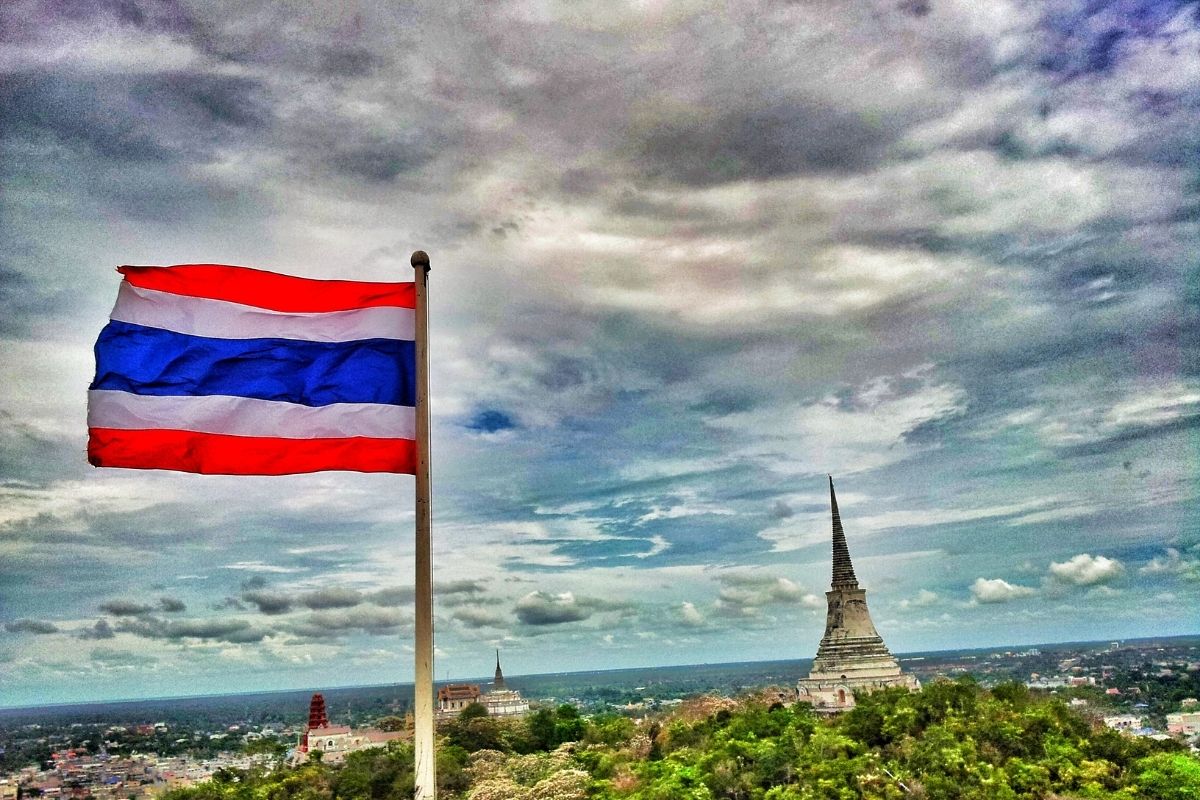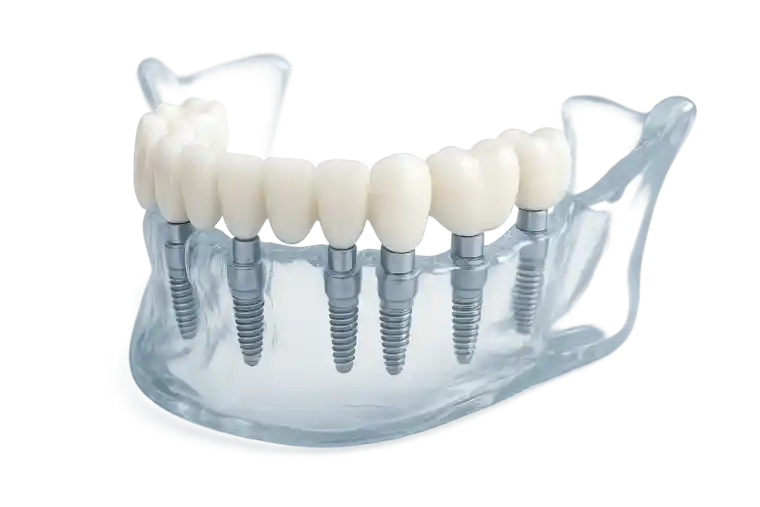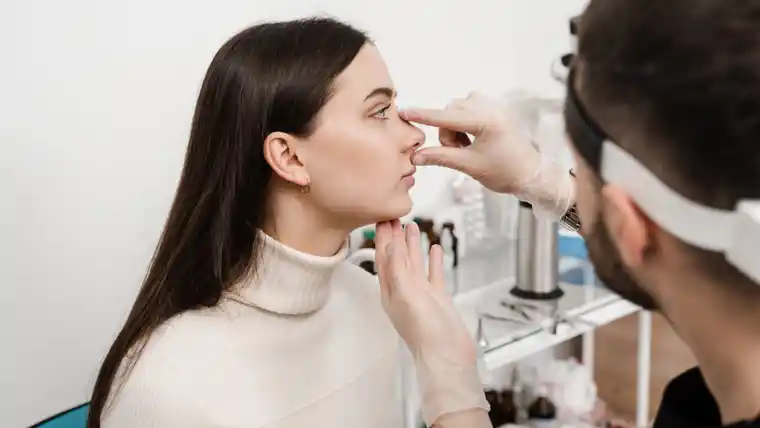Hair Transplant in Thailand: Natural Results, Genuine Care

When hairloss feels deeper than it seems.
Get a complimentary consultation for your hair transplant in Thailand!
A thinning patch here, a receding hairline there. But what many don’t talk about is how deeply this affects confidence, social presence, and even identity. Hair loss isn’t just about looks — it’s about feeling like yourself again.
Modern hair transplantation offers more than a cosmetic fix. It’s a personal journey back to self-confidence — and Thailand has become one of the world’s most trusted destinations for that journey. Why? Because here, advanced medical expertise meets heartfelt care. The atmosphere? Not rushed. Not commercial. Just deeply professional with a human touch.
At our partner clinics in Thailand, we believe that restoring hair means restoring dignity — with respect, empathy, and full transparency. From the very first contact to the final follow-up, you’re not just a case number. You’re a person with a story — and we treat you that way.
Table of Contents
The Treatment Explained: What Is a Hair Transplant, Really?
If you’re wondering what exactly happens during a hair transplant, here’s the short version: your own healthy hair is gently taken from a donor area (usually the back of the head) and transplanted to areas where hair has thinned or disappeared.
Most common techniques used in Thailand
- FUE (Follicular Unit Extraction): Individual hair follicles are removed and transplanted one by one. Minimally invasive, virtually scar-free.
- DHI (Direct Hair Implantation): A refined FUE technique where hairs are implanted directly — faster healing, natural direction.
- Sapphire FUE: Uses sapphire blades for smaller incisions, less trauma, and quicker recovery.
These methods are carefully chosen based on your hair type, scalp condition, and aesthetic goals. The procedure usually takes 4 – 8 hours and is done under local anesthesia. Most patients watch Netflix, listen to music – some even nap through parts of it.
And the result? Your real hair growing back naturally. You can cut, style, or mess it up in the wind — just like before. No artificial look. Just you, feeling like you again.
Who Is a Good Candidate for Hair Transplantation?
Not all hair loss means you need surgery. That’s why our Thai partner clinics take their time to evaluate your condition and goals carefully.
You’re likely a good candidate if you have:
- Male pattern baldness (androgenetic alopecia)
- Receding hairline or crown thinning
- Scarring alopecia (select cases)
- Eyebrow or beard hair loss
- Female pattern hair thinning
You may not be eligible if
- You have untreated scalp infections or dermatologic conditions
- You have autoimmune-related hair loss (e.g., alopecia areata)
- You lack sufficient donor hair
- Your hair loss is due to unresolved emotional trauma
The decision to undergo hair restoration should be based on a thorough consultation – with zero pressure. Just honest advice.
The Patient Journey: What to Expect Step by Step
Many patients initially think, “Thailand? That’s far.” But time and again, they say the same thing after returning: “It was easier than I imagined — and far more personal than I expected.”
1. Initial Consultation
You start with a free hair assessment. Our team reviews your photos, scalp health, and expectations. You’ll receive a detailed treatment plan — clearly explained and with real timelines.
2. Planning Your Trip
Once you decide to proceed, we assist with everything — from flights to hotel recommendations. Most patients arrive in Thailand two days before the procedure to acclimate and relax.
3. Treatment Day
You meet your surgeon and the medical team personally. After prep and gentle anesthesia, the procedure begins. You’re fully awake but comfortable. The team checks in with you throughout the process.
4. Post-Op & Local Recovery
Most patients rest for 1–2 days post-surgery. You’ll be given a clear aftercare routine, medications, and answers to every question you have. Some clinics even offer guided recovery support.
5. Ongoing Digital Aftercare
Once you’re home, we continue to support you. You’ll send in photos, receive recovery checklists, and stay in close contact with your dedicated coordinator.
“I honestly expected something sterile and rushed. What I experienced was empathy, precision, and support — from the moment I landed to the final follow-up call.”
– Daniel R., Patient from Berlin
Cost Comparison: Hair Transplant in Thailand vs. Other Countries
Price is often one of the first things people compare when researching hair restoration. But the real question is: What do you get for your money? Not just in graft numbers — but in experience, safety, outcomes, and care.
Here’s a transparent overview of average costs across popular destinations for a FUE hair transplant (approx. 3,000 grafts):
| Country | Average Total Cost (USD) | Included Services |
|---|---|---|
| Thailand | $2,500 – $4,000 | Surgeon, accommodation, airport pickup, aftercare |
| Turkey | $1,800 – $3,200 | Often all-inclusive, variable doctor involvement |
| Germany | $6,000 – $9,000 | Surgeon-led, high-quality, but expensive |
| Hungary | $2,800 – $4,500 | Competitive pricing, European standards |
| Czech Republic | $2,500 – $4,200 | Strong medical tourism industry |
Why Thailand often wins the value race:
- Western-quality standards at lower cost
- Exceptional hospitality and patient attention
- Beautiful recovery setting that supports well-being
- No hidden costs — pricing is usually clear and fair
- Highly experienced doctors treating international patients daily
Top 5 Hair Transplant Clinics in Thailand (2025)
If you’re considering Thailand for hair restoration, these are the most trusted clinics, recognized by both patients and experts:
- 1. Absolute Hair Clinic – Bangkok:
Renowned for FUE, DHI, and FUT, led by Dr. Laorwong and Dr. Panchaprateep (ABHRS-certified). Known for their natural results and precise technique. - 2. PAI Medical Group – Bangkok:
Offers high-density hair transplants, including beard and eyebrow restoration. Known for experienced surgeons and realistic, personalized care. - 3. Radiance Skin & Laser Clinic – Bangkok:
Headed by Dr. Kittisak, this clinic blends aesthetic dermatology and hair science with state-of-the-art tools and a gentle, personal touch. - 4. Phuket Hair Clinic – Phuket:
Experts in Scalp Micro-Pigmentation (SMP) and non-surgical density enhancement. Popular with medical tourists and praised for its scenic recovery setup. - 5. Bangkok Hair Solutions – Bangkok:
Pioneers in the Implanter Pen method and Microscopic FUE/FUT. Known for clean technique, natural density, and responsive aftercare.
Top 5 Countries for Hair Transplantation in 2025 – A Global Overview
Hair restoration has become an international field. But which countries lead the way in terms of quality, ethics, experience, and results?
- Thailand
Modern clinics with international accreditation, doctors trained in Europe & Asia, gentle recovery in a peaceful setting, patient-first philosophy. - Germany
High medical standards, precise diagnostics, ethical clinics, ideal for EU-based patients. - Turkey
High procedure volumes, competitive packages, variable quality — choose carefully. - Czech Republic
Strong regulation, good access for EU travelers, balanced cost and standards. - Hungary
Affordable specialists, clean clinics, good value within the EU.
Why Choose Thailand?
The Real Benefits for Patients
Sure, Thailand is known for its hospitality and tropical beauty. But in recent years, it’s also become a global hub for hair transplant excellence – not just in affordability, but in quality, safety, and compassion.
Key Advantages:
- World-class technology (FUE, DHI, Sapphire tools)
- Highly trained surgeons with global certifications
- Gentle anesthesia, minimal discomfort
- Transparent, competitive pricing
- Personal care – no factory-style clinics
- Multilingual support (English, German, French, etc.)
- Recovery in a calm, beautiful setting
Risks and Realistic Expectations: Honesty First
Hair transplantation is safe — but not magic. Knowing what to expect helps you make informed, empowered decisions.
Short-term side effects may include:
- Mild swelling or redness
- Crusting or itching on the scalp
- Temporary numbness
- “Shock loss” (temporary shedding before regrowth — completely normal)
Less common risks:
- Patchy results (often due to poor technique)
- Infection or inflammation (rare with proper hygiene)
- Scarring (rare in FUE, more likely in outdated methods)
Realistic outcomes:
- Final results take 9–12 months
- Growth happens gradually — be patient
- Density depends on genetics, donor area, and care
Our partner clinics in Thailand emphasize truth, not hype. You’ll receive honest feedback – not Photoshop illusions.
Material Safety & Source Transparency
Only your own hair is used — no artificial implants or donor grafts from others.
If additional therapies like PRP, exosomes, or stem cells are used, they come from certified labs only — such as Stembio Cell Technologies in Istanbul (GMP-certified, ethically reviewed).
Tools and equipment are CE-approved and sterile, with internationally verified protocols.
Scientific Foundation: What the Research Says
- FUE and long-term outcomes — PubMed
- Cochrane review of hair restoration procedures
- NHS: Hair Loss Treatments Overview
Your First Step Is Just a Conversation
No pressure. No false promises. Just a chance to talk.
If you’re considering hair restoration, let’s start with a free consultation. We’ll help you understand your options, your suitability, and what a journey to Thailand might look like — in your unique case.
Sometimes, the road to feeling like yourself again starts with a single honest conversation.
FAQ
Is hair transplant good in Thailand?
Hair transplant procedures in Thailand can be good. Thailand is a popular destination for medical tourism, and there are many reputable hair transplant clinics that offer high-quality services at a reasonable price. It is important to do thorough research and choose a reputable clinic and surgeon to ensure the best possible results. You can also look for reviews and feedback from previous patients before making a decision.
Is hair transplant painful?
Hair transplant procedures can cause some discomfort, but the level of pain varies from person to person. Local anesthesia is used during the procedure to minimize pain, and patients are typically given pain medications to manage any discomfort after the surgery.
What is the recovery time for hair transplant?
The recovery time for hair transplant varies depending on the type of procedure and the patient’s individual healing process. Generally, the initial recovery period lasts about one to two weeks, during which time patients may experience some swelling, redness, and scabbing around the transplant area. It is recommended that patients avoid strenuous activity and exposure to direct sunlight during this time. After the initial healing period, the transplanted hair may begin to shed, which is a normal part of the process. New hair growth typically begins to appear after several months, with full results visible after one year. While the recovery time for hair transplant can be a gradual process, most patients are able to resume their normal activities within a few weeks.
How long does it take to get hair transplant in Thailand?
The length of time it takes to get a hair transplant in Thailand can vary depending on the clinic and the specific procedure chosen. Generally, the procedure can take anywhere from 4 to 8 hours to complete, and patients are advised to rest for a few days following the procedure. However, it’s important to note that the entire process, from consultation to final results, can take several months. The first results may start to show around 3-4 months after the procedure, but full results can take up to a year or more to fully develop.
Which is the safest way of hair transplant?
Currently, the two most common and safest methods of hair transplant are the FUE (Follicular Unit Extraction) and the FUT (Follicular Unit Transplantation) techniques. Both methods involve transplanting hair follicles from a donor area to the recipient area, and the choice of which technique to use depends on the individual’s specific hair loss pattern and the surgeon’s recommendation. It’s essential to choose a qualified and experienced surgeon to perform the procedure, as this can significantly impact the safety and success of the hair transplant.
Does a hair transplant last for life?
Yes, a hair transplant is a permanent solution for hair loss. During the procedure, healthy hair follicles are transplanted from the donor area (usually the back of the head) to the recipient area (where hair loss has occurred). Since these transplanted hairs come from a genetically resistant area, they are less likely to fall out and will continue to grow for the rest of the patient’s life. However, it is important to note that although the transplanted hairs are permanent, the surrounding hair may continue to thin over time, so additional procedures may be necessary to maintain the desired level of density.
Are more hair transplants successful?
The success of a hair transplant is determined by various factors, including the patient’s individual characteristics, the skill and experience of the surgeon, and the chosen technique. Generally, modern hair transplant techniques such as FUE and DHI are considered successful and can provide long-lasting results. However, it’s important to have realistic expectations and understand that the success of a hair transplant also depends on the individual’s hair characteristics and the post-operative care. Multiple hair transplant procedures can be successful, but it’s important to wait until the scalp has fully healed before considering a second procedure.
Which country has cheapest and best hair transplant?
There are several countries that offer affordable and high-quality hair transplant procedures. Some of the most popular destinations for cheap hair transplants include Turkey, India, Thailand, and Mexico. These countries offer lower prices compared to Western countries, but still provide excellent results with experienced surgeons and modern facilities. However, it’s important to research and carefully choose a reputable clinic to ensure safety and effectiveness of the procedure.
How much does a hair transplant in Thailand cost?
Using the FUE technique, a hair transplant in Thailand typically costs around €1,800 to €4,500, with the price range of 60,000 to 150,000 Thai Baht. For DHI technique, the cost can range from €1,800 to €5,100.
How to get the best hair transplant in Thailand?
To get the best hair transplant in Thailand, it’s important to do your research and choose a reputable clinic with experienced and skilled surgeons. Look for clinics that have a track record of successful procedures and positive reviews from previous patients. It’s also important to consider the techniques used, such as FUE, FUT, or DHI, and choose a method that’s suitable for your hair loss needs and goals.
You can also consult with the clinic’s surgeons and ask questions about their experience, qualifications, and approach to the procedure. They can provide you with personalized recommendations and help you understand the entire process, from the initial consultation to the post-operative care.
Additionally, you may want to consider factors such as the clinic’s location, facilities, and pricing. Some clinics may offer additional services, such as accommodation and transportation, which can make the process more convenient and comfortable for you.





